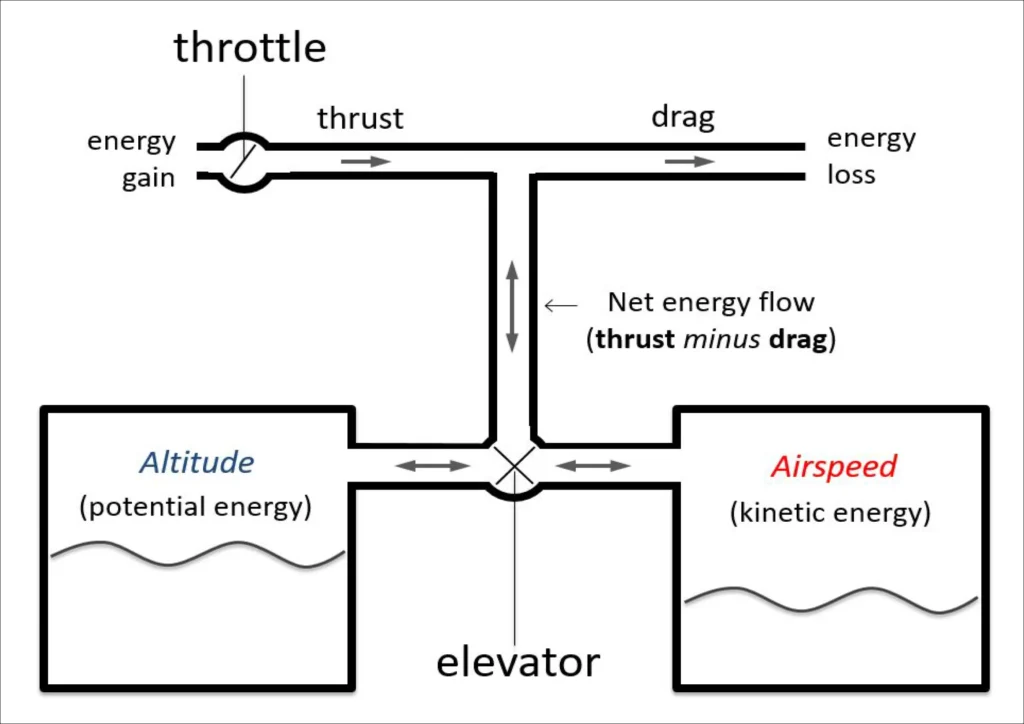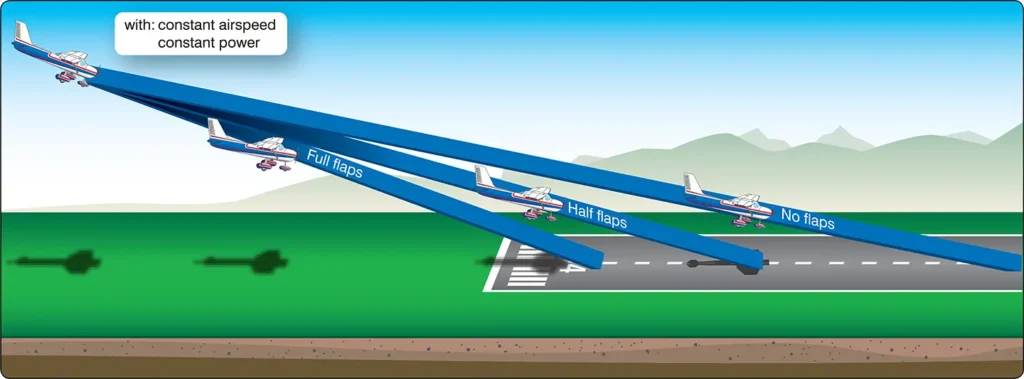Role of the Controls to Manage Energy State
Airplane Flying, Flying TrainingAn energy-centered approach clarifies the roles of the engine and flight controls beyond the simple “pitch for airspeed and power for altitude” by modeling how throttle and elevator inputs affect the airplane’s total mechanical energy. From an energy perspective, the problem of controlling vertical flight path and airspeed becomes one of handling the airplane’s energy […]




